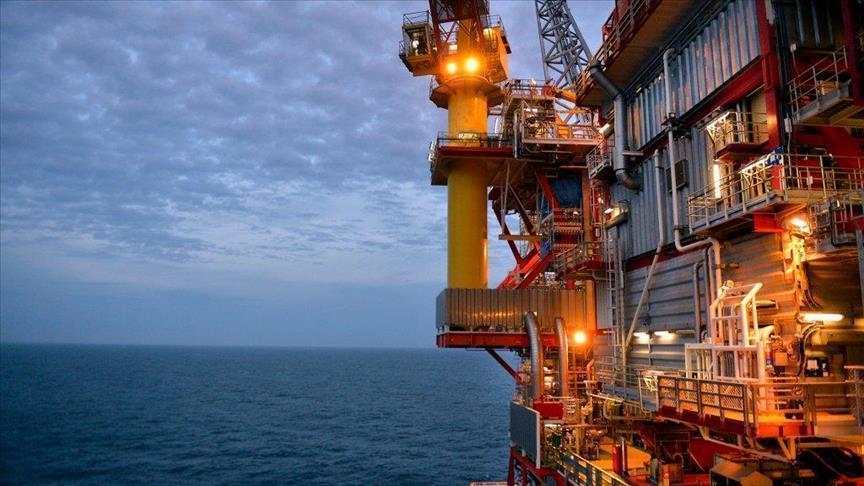Oil prices lost more than 3% during the week ending Nov. 5 ahead of the OPEC+ production volume decision for December, along with the surprise announcement on the resumption of the landmark 2015 nuclear deal between Iran and the US, which, if approved, would enable Iranian oil to return to the market.
International benchmark Brent crude traded at $81 per barrel at 1150 GMT on Friday, posting a 3.14% loss from the Monday session that opened at $83.63 a barrel.
American benchmark West Texas Intermediate (WTI) registered at $79.44 per barrel at the same time on Friday, increasing 4.70% relative to $83.36 a barrel on Monday opening.
The world's major oil producers on Thursday agreed to stick to the existing plan of raising production by 400,000 barrels per day (bpd) in December, and incrementally phasing out production cuts.
The decision came despite pressure from the US administration, which insisted the group increase its combined production. US pressure was put on producers to help combat climbing gasoline prices, which are feeding concerns that higher inflation due to rising energy costs could derail the economic recovery from the COVID-19 pandemic.
The US had made the same request several times.
The latest oil market report from OPEC confirmed what many experts believe -- that the group doubted the reality of the oil supply crunch, as in the report, the group forecast a supply surplus in 2022. However, this is currently in deficit due to fuel-to-oil switching in power generation, which could increase demand by as much as 600 million barrels.
-China’s reserve sale puts downward pressure on prices
Price slumps emerged when the world’s largest oil consumer, China, said it released gasoline and diesel reserves to improve market supply and support price stability in some regions.
The National Food and Strategic Reserves Administration said the reserves were released in response to the recent supply and demand dynamics on the local oil product market.
Oil prices came under further pressure after the US Energy Administration (EIA) announced a more-than-expected build in crude oil inventories on Wednesday.
US commercial crude oil inventories increased by 3.3 million barrels to 434.1 million barrels, higher than the market expectation of a 1.65 million-barrel rise.
-Possible Iran-US nuke deal resumption
Downward price pressure arose after reports of a possible resumption of the landmark 2015 nuclear deal between Iran and six other nations this month. If the deal resumes, the US sanctions on Iran would be removed, paving the way for Iran to restart oil exports.
The renewed talks will kick off in Vienna on Nov. 29, according to Iran's principal negotiator, Ali Baqeri Kani.
Iran and six other powers have been in talks since April to restore the 2015 nuclear deal that was terminated three years ago by former US President Donald Trump. His administration re-imposed sanctions that severely hampered Iran’s economy and drastically reduced its oil exports.
Although a slew of sanctions aimed at the energy industry in Iran was lifted on June 10, sanctions on oil exports are still in place.
Since the election of Iran's new hardline president in June, talks have halted.
By Sibel Morrow
Anadolu Agency
energy@aa.com.tr


